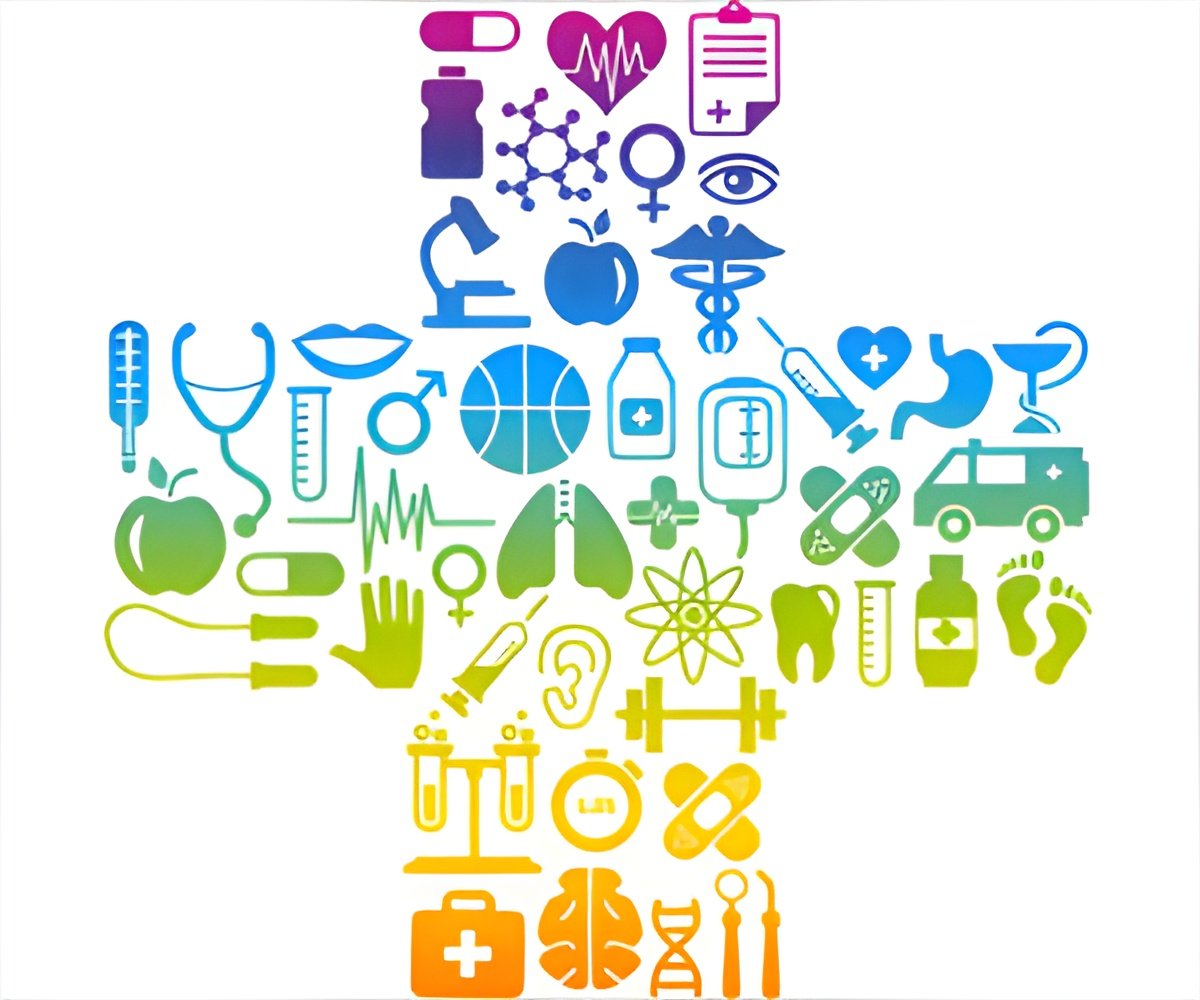Four key features that make infographics memorable and effective in promoting healthy changes have been identified by a new study.

TOP INSIGHT
An action-oriented title, short text, clear language, and an illustrated direct course of action make infographics memorable and effective in promoting healthy changes.
Feedback was first gathered from focus groups in order to understand what makes an infographic effective and impactful. Following this feedback, 20 health-related infographics were presented to fifty individuals in a slideshow format to represent what one might see while browsing the internet.
The infographics were analyzed based on dimensions such as whether the infographic has an action-oriented title, a short title, simple text, color, short text, and humor. These infographics were presented to the studied sample in a slideshow format to represent what one might see while browsing the internet.
The researchers found that four main dimensions were significant in determining whether an infographic was deemed successful in persuading the viewer: an action-oriented title, short text, clear language, and an illustrated direct course of action.
"You don't need Keith Haring or Rembrandt to create your infographics," says lead author Brian Wansink, Cornell University Professor, Food and Brand Lab Director and author of Slim by Design "You simply need make a clear with what you want people to take-away and most importantly, illustrate a clear call-to-action."
 MEDINDIA
MEDINDIA




 Email
Email




